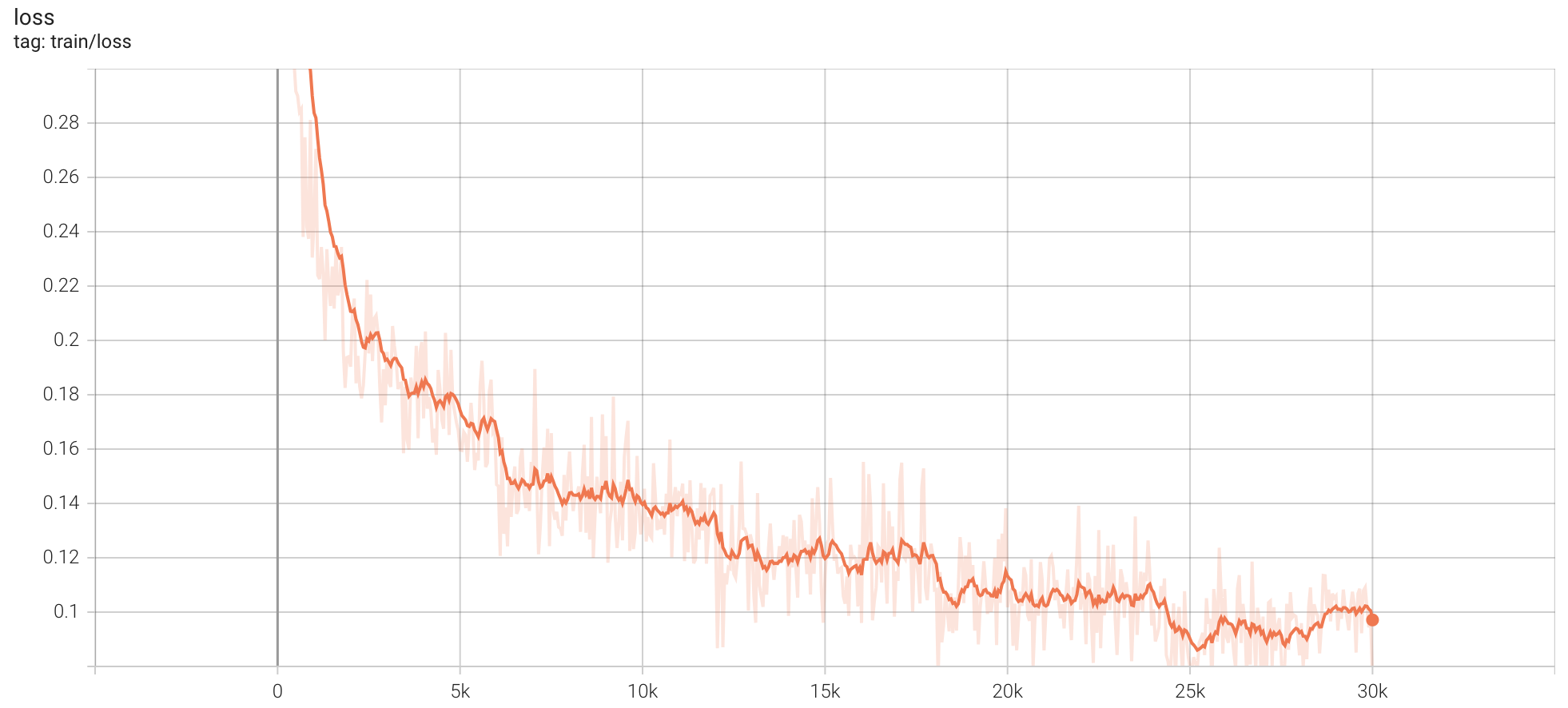metadata
language:
- zh
tags:
- chatglm
- pytorch
- Text-Generation
license: apache-2.0
widget:
- text: |-
对下面中文拼写纠错:
少先队员因该为老人让坐。
答:
base_model: THUDM/chatglm3-6b
pipeline_tag: text-generation
library_name: peft
inference: false
Chinese Spelling Correction LoRA Model
ChatGLM3-6B中文纠错LoRA模型
shibing624/chatglm3-6b-csc-chinese-lora evaluate test data:
The overall performance of shibing624/chatglm3-6b-csc-chinese-lora on CSC test:
| input_text | pred |
|---|---|
| 对下面文本纠错:少先队员因该为老人让坐。 | 少先队员应该为老人让座。 |
在CSC测试集上生成结果纠错准确率高,由于是基于THUDM/chatglm3-6b模型,结果常常能带给人惊喜,不仅能纠错,还带有句子润色和改写功能。
Usage
本项目开源在 pycorrector 项目:pycorrector,可支持ChatGLM原生模型和LoRA微调后的模型,通过如下命令调用:
Install package:
pip install -U pycorrector
from pycorrector import GptCorrector
model = GptCorrector("THUDM/chatglm3-6b", "chatglm", peft_name="shibing624/chatglm3-6b-csc-chinese-lora")
r = model.correct_batch(["少先队员因该为老人让坐。"])
print(r) # ['少先队员应该为老人让座。']
Usage (HuggingFace Transformers)
Without pycorrector, you can use the model like this:
First, you pass your input through the transformer model, then you get the generated sentence.
Install package:
pip install transformers
import os
import torch
from peft import PeftModel
from transformers import AutoTokenizer, AutoModel
os.environ["KMP_DUPLICATE_LIB_OK"] = "TRUE"
tokenizer = AutoTokenizer.from_pretrained("THUDM/chatglm3-6b", trust_remote_code=True)
model = AutoModel.from_pretrained("THUDM/chatglm3-6b", trust_remote_code=True).half().cuda()
model = PeftModel.from_pretrained(model, "shibing624/chatglm3-6b-csc-chinese-lora")
sents = ['对下面文本纠错\n\n少先队员因该为老人让坐。',
'对下面文本纠错\n\n下个星期,我跟我朋唷打算去法国玩儿。']
def get_prompt(user_query):
vicuna_prompt = "A chat between a curious user and an artificial intelligence assistant. " \
"The assistant gives helpful, detailed, and polite answers to the user's questions. " \
"USER: {query} ASSISTANT:"
return vicuna_prompt.format(query=user_query)
for s in sents:
q = get_prompt(s)
input_ids = tokenizer(q).input_ids
generation_kwargs = dict(max_new_tokens=128, do_sample=True, temperature=0.8)
outputs = model.generate(input_ids=torch.as_tensor([input_ids]).to('cuda:0'), **generation_kwargs)
output_tensor = outputs[0][len(input_ids):]
response = tokenizer.decode(output_tensor, skip_special_tokens=True)
print(response)
output:
少先队员应该为老人让座。
下个星期,我跟我朋友打算去法国玩儿。
模型文件组成:
chatglm3-6b-csc-chinese-lora
├── adapter_config.json
└── adapter_model.bin
训练参数:
- num_epochs: 5
- per_device_train_batch_size: 6
- learning_rate: 2e-05
- best steps: 25100
- train_loss: 0.0834
- lr_scheduler_type: linear
- base model: THUDM/chatglm3-6b
- warmup_steps: 50
- "save_strategy": "steps"
- "save_steps": 500
- "save_total_limit": 10
- "bf16": false
- "fp16": true
- "optim": "adamw_torch"
- "ddp_find_unused_parameters": false
- "gradient_checkpointing": true
- max_seq_length: 512
- max_length: 512
- prompt_template_name: vicuna
- 6 * V100 32GB, training 48 hours
训练数据集
训练集包括以下数据:
- 中文拼写纠错数据集:https://huggingface.co/datasets/shibing624/CSC
- 中文语法纠错数据集:https://github.com/shibing624/pycorrector/tree/llm/examples/data/grammar
- 通用GPT4问答数据集:https://huggingface.co/datasets/shibing624/sharegpt_gpt4
如果需要训练文本纠错模型,请参考https://github.com/shibing624/pycorrector
Citation
@software{pycorrector,
author = {Ming Xu},
title = {pycorrector: Text Error Correction Tool},
year = {2023},
url = {https://github.com/shibing624/pycorrector},
}
